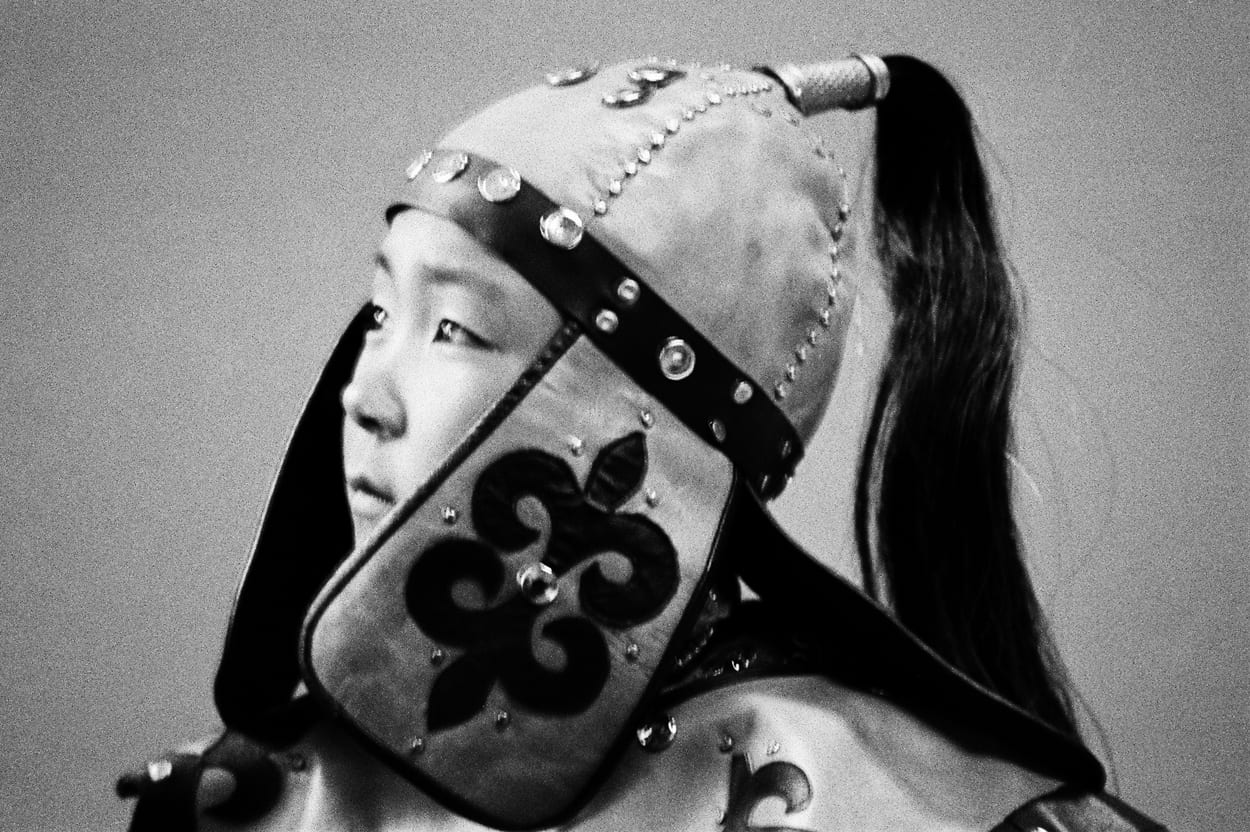Siberia is an extensive geographical region, but it is also one of the most sparsely populated areas in the world. Accounting for almost 78% of Russia’s land area, it only inhabits 40 million people across 13.1 million square metres. Russia recognizes 40 different indigenous peoples living in Siberia, which range from the Evenki, whose population is spread out in different locations thousands of miles apart, to the almost extinct Tazy. Some of these peoples are nomadic reindeer herders, living in the tundra (arctic plain); others, who live in the forest tundra or taiga (coniferous forest), rely on a mixture of reindeer herding and hunting and gathering, and often live in settlements. RAIPON was founded in 1990 as the umbrella organization for the (at the time) 300.000 people from 40 different ethnic groups in the North of Russia, Siberia and the Far East, living in about 60% of the whole territory of the the Russian Federation. As these people are spread over such a vast area, and they are often highly different, the purpose of the RAIPON was to protect indigenous peoples’ human rights, defend their legal interests, assist in solving environmental, social, economic, cultural and educational issues, and to promote their right to self governance.
However, the Russian Association for Indigenous People of the North was suspended by the government in 2012, not merely for administrative reasons, but because the group was taking legal measure to fight the expansion of big energy and transport projects. The Arctic development has increased the governmental and private interest for indigenous lands, jeopardizing their sovereignty.
According to research professor of the Anthropology and Archaeology of Eurasia Mandelstam Balzer, the key issue in defending Siberian indigenous peoples’ rights stems from Russia’s problematic definition of the word ethnicity. Between 1990 and 2012, the state government has narrowed down the definition of ‘native to the land’ so thar fewer people get legal dispensations such as tax breaks, special quotas and licenses for fishing, hunting and forestry. Eversince the suspension of RAIPON, the term ‘native’ has been reduced to tribes who practice subsistence living, reside on land reported as belonging to their ancestors, speak their native tongue and contain less than 50,000 members. These are challenging standards to meet: recent land auctions and changing boundaries have already shrunk indigenous territories, and many have lost their native languages because of Sovietization language policies. Nearly half their populations reside in villages and towns. On top that, a lot of tribal communities in Siberia are nomadic, they don’t have ancestral land but they do practice traditional land use.
In general, the Northern territories of Russia are too big and the indigenous groups living there too diverse, to stick to one definition of the word ‘indigenous’. But diverse ways of life of indigenous groups, though they may be predominantly traditional, are legally problematic. Moscow recently revoked the fishing rights of a Nanai community in the Amur River area because they rode snowmobiles to reach their sites of traditional land use. A local judge had asserted that they should have been riding reindeer, yet they had never bred or ridden reindeer. Additionally, an Evenki community in Buriatia has been accused of running an illegal jade mining operation, although some Evenki had traditionally mined jade prior to the arrival of Russians in their region. The Evenki mine director is missing, with murder and multi-level corruption suspected. In other regions, Evenki reindeer breeders have lost their lands to hydroelectric dam projects. Ultimately, new laws may be used to further revoke the land rights of indigenous peoples in favor of Russian energy, transport and mining projects.
“The issue is not just the bureaucratic fight, but the trauma that has gone so deep in these communities,” says Balzer, who is worried about increased suicides and alcoholism. Recent studies among Siberians have shown that the change of traditional lifestyle has serious impact on physical and mental health of these communities. For example, as poverty is rising, so is the number of native people suffering from tuberculosis, viral hepatitis, intestinal infections, respiratory infections and obesity. New York Post reported that the Nenets and Khanty tribes traditionally eat a diet of venison and fresh fish, which provides them with nutrients necessary to withstand the climactic condition of the Arctic. Now their diets have changed, their intake of venison and river fish is cut by half and they are more likely to eat carb-rich and chemically processed food from the villages rather than their traditional meal, causing obesity to hit Siberian tribes for the first time. Traditionally, these nomadic tribes herd their reindeers through the Yamal tundra (a 700-kilometer-long peninsula that stretches deep into the Arctic Ocean). But now most of the herders are choosing to stay closer to energy company facilities utilized by Russians. Instead of going far to sell meat, they go to the nearby facilities to sell their meat to workers, meaning they burn much less calories than they used to. Another common issue of native Russian people is environmental. “Thanks” to the climate change, the permafrost is melting and the land is affected infrastructure, resource extraction and pollution. “We are afraid that with all these new industries, we will not be able to migrate anymore. And if we cannot migrate anymore, our people may just disappear altogether” says Nenets herder Sergei Hudi.
People in indigenous Russia have already proven to be very strong, resilient and adaptive to the severe cold, which can reach a staggering -50 degress celsius in the winter, to follow their ancestor’s lifestyle, culture and traditions. Now it’s also on us to support them and help them survive and keep a sustainable way of life.
Photo Copyright: Jef Bonifacino.

